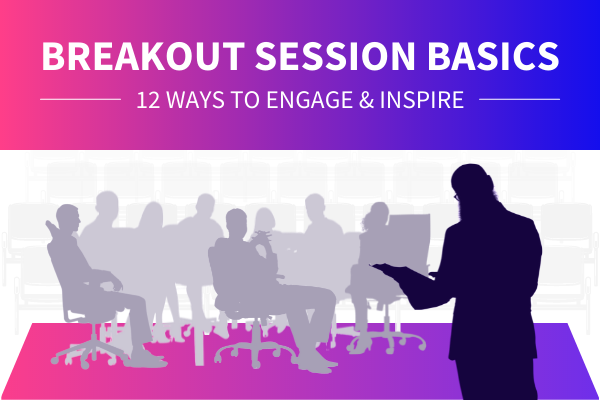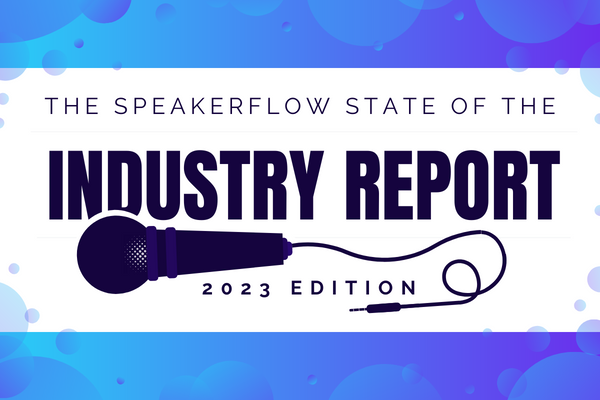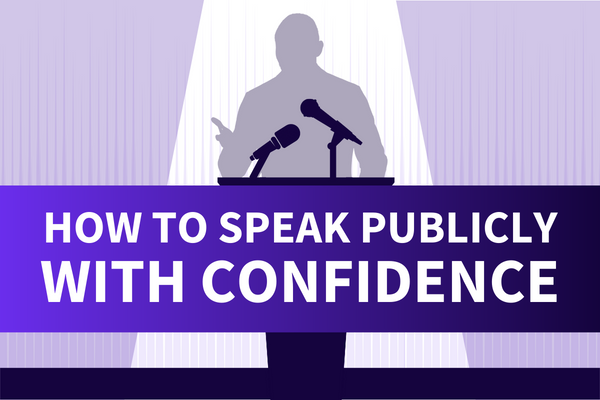Engaging your audience in an inspiring, motivating way is one of the most important goals of any event planner or speaker. However, you have to also recognize that your audience is human. It’s impossible to stay perfectly focused for any significant amount of time. To put it in perspective, research suggests the average person can only focus on a single topic for up to 7 minutes at a time. This is where a breakout session comes in, giving attendees an opportunity to engage with each other and decompress from the larger message.
Unlike a typical meeting or presentation, a breakout session is a lot less structured and formal. These are common with both in-person and virtual meetings, and they’re an opportunity to connect. If you’re a professional speaker, incorporating breakout session strategies leverage your existing skills to inspire attendees in another way. As an event planner or manager, including breakout groups within your schedule leverages a new opportunity to improve the attendee experience.
Whether you’re a conference planner, speaker, or event manager, you need to have a strong grip on your breakout session strategy. When done well, a breakout session is a workshop-style group activity that furthers the goals of the event. On the other hand, when done without a strategy, these are a time-waster at worst. They can lead to audience frustration, anxiety, and a lack of understanding.
Though they’re easy to overlook, breakout sessions can make or break your overall event. Yes, they’re shorter than other items on your overall agenda, but that just means they need to be even more focused. From brainstorming solutions to discussion groups, here are 12 ways to engage and inspire through your next breakout session. Learn from the speaking pros so each event is attention-grabbing from start to finish.
- 1. Consult attendees about their needs/goals for the event.
- 2. Plan your breakout session to account for different learning styles.
- 3. Test your breakout session ahead of time, when possible.
- 4. Build anticipation for your breakout session during the event.
- 5. Set expectations before the session begins.
- 6. Design the room to boost engagement.
- 7. Break the session into smaller, interactive activities.
- 8. Stick to the schedule (and leave buffer time, just in case)
- 9. Conclude with next steps for attendees to follow.
- 10. Provide resources breakout session attendees can take with them.
- 11. Offer post-event bonuses for breakout session participants.
- 12. Ask attendees for feedback afterward so your next session can be even better.
- Conclusion
1. Consult attendees about their needs/goals for the event.
First, you can’t plan a strong breakout session if you don’t understand your audience. Though the goal is to further the discussion, it’s also to serve your audience. This is why you need to consult attendees about their specific needs and goals for your event. Think of your breakout session as a complement to the overarching theme of your bigger event.
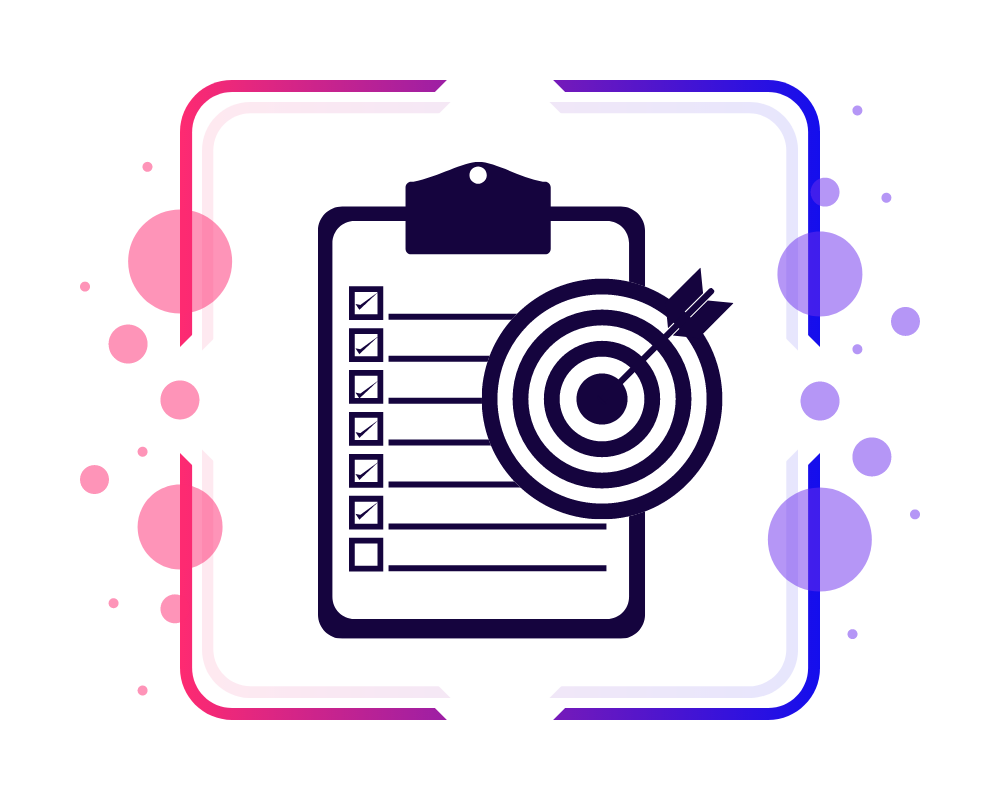
If you understand what your attendees are looking for, it’s much easier to cater specifically to them. How can you do this? The best idea is also the simplest: ask them directly. Poll or survey attendees beforehand to see what types of experiences they’re interested in. From there, you can design events that meet their specific needs. Your data should lead your breakout programs, supplementing existing themes and goals.
Ultimately, your pre-event surveys should help you add value to your event. Though breakout sessions often get a bad reputation, this is usually because they’re thrown together without a defined objective. If you understand what your audience wants to achieve, you can make sure you’re putting their goals into action. While it’s important to know what you want to accomplish as an event organizer, it’s more important to learn what they want.
Your Action Steps:
- Poll or survey attendees prior to the event to determine what types of activities they’re interested in.
- Learn from event speakers, organizers, and leaders about how to best serve your audience based on their prior experience.
- Create clear goals of your own focused on adding value.
2. Plan your breakout session to account for different learning styles.
Second, your breakout session can’t be one-size-fits-all. If you want it to be engaging, you also need to make sure your session is exciting to participants with different learning styles. A reported 90% of event planners think providing a personalized attendee experience is the most important. As one of the biggest KPIs for success, you can’t leave your breakout sessions to chance.
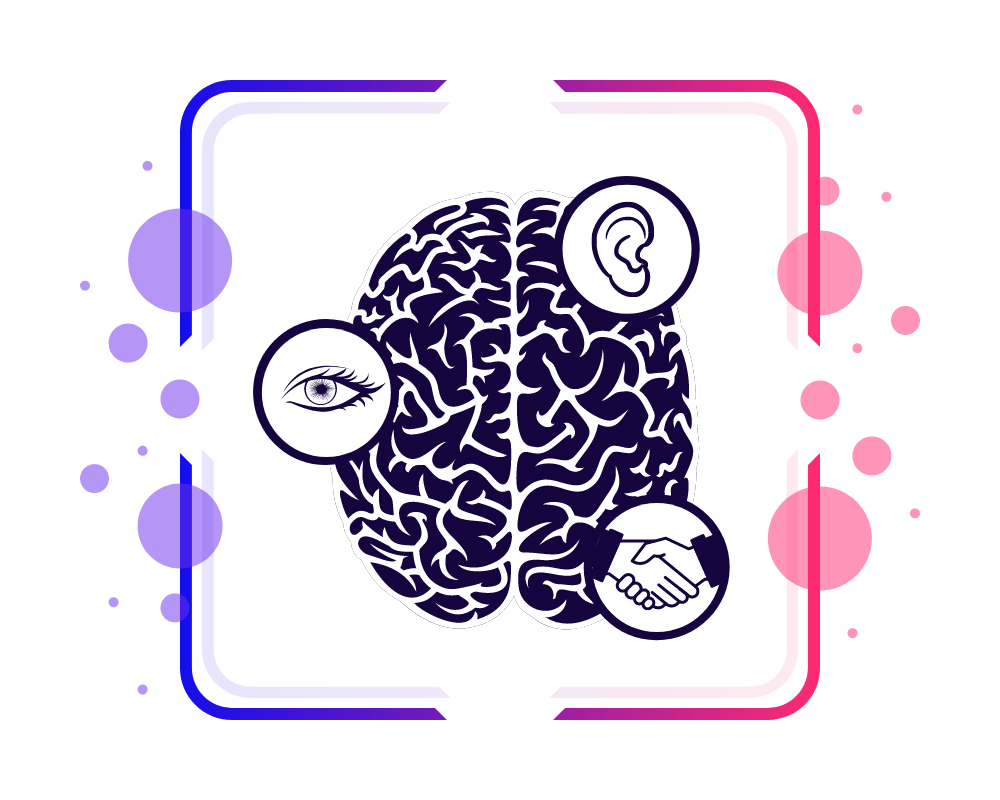
The most common learning styles are kinesthetic, visual, and auditory. Luckily, there are a lot of different breakout session formats to choose from:
- Conversations: Start conversations focused on networking and the topic at hand.
- Workshop: Guide groups through a learning experience, helping them leverage their skills and expand their hands-on know-how.
- Games: Who doesn’t love a game? Host a mini-game for your groups, bonding them in a different way.
- Mindful breaks: Let attendees relax with mindfulness breaks, activities, and an opportunity to find balance.
There are endless options within these different ideas above, and there’s no such thing as the perfect fit for everyone. If possible, be flexible. Offer multiple options so people can choose the activities that speak to them. If it’s a matter of attendance, you can have attendees sign up for breakout sessions in advance, letting you account for logistical concerns.
Your Action Steps:
- Understand the 3 most common learning styles and how to cater to them.
- Create multiple options within your breakout groups, or keep your plan flexible to accommodate different needs.
- Decide how attendees will sign up for your breakout sessions (in advance, drop-in, etc.) and set your schedule.
3. Test your breakout session ahead of time, when possible.
Third, don’t wait until the final minute to hope for the best. When possible, test your breakout sessions. You can do this by talking to your friends, family, colleagues, and more. Though not always possible, this is a powerful way to work through any possible problems. Things like tech challenges, content questions, and organizational problems can come to light sooner.
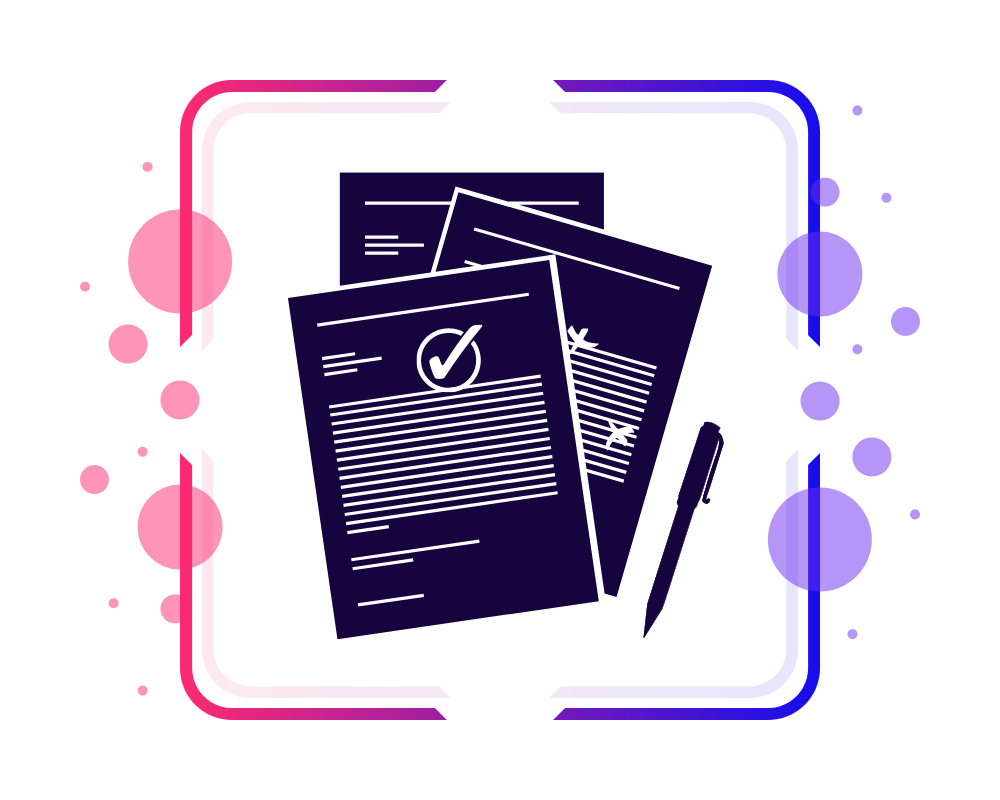
Though problems happen, the last thing you want to worry about is troubleshooting something important during your event. This is especially true if you’re hosting a virtual or hybrid breakout session. Even for in-person events, you still need to do what you can to ensure it runs smoothly. By testing in advance, you learn the best questions, equipment, and space.
When testing, work with your group facilitators if possible. These leaders are your greatest source of feedback. Not only do they have experience organizing meetings, but they’re also likely to have action-based tips for success. Like all things, practice makes perfect. Make sure you feel confident before you begin your breakout group.
Your Action Steps:
- Talk to those you trust about your breakout session ideas to get initial feedback.
- Create a plan for troubleshooting in case something goes wrong, especially a backup plan for technology.
- Practice your breakout group plan in advance so you’re ready to lead with confidence.
4. Build anticipation for your breakout session during the event.
Next, put the focus on your breakout session during the event. While it’s easy to focus on the big-name events and speaking sessions, these breakout sessions are a chance to make a big impact. Network with your attendees to check in with people who you already know are coming. When you create buzz, it’s easier to drive attendance to your breakout session.
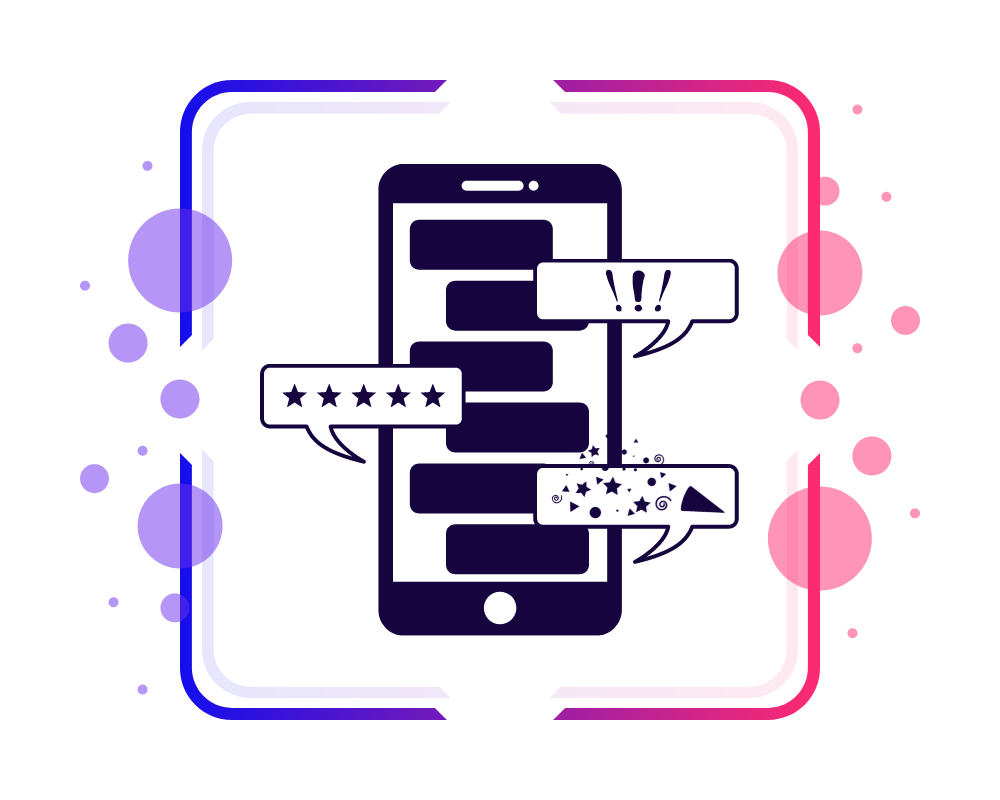
By creating a unique, engaging experience, you get people excited about it. Make the experience one of the many highlights of your bigger event, not just an afterthought. Low attendance is any event planner’s worst nightmare. Excite attendees with teasers, sneak peeks, and unique ideas.
Most im[ortantly, make it easy for attendees to participate. Complicated registration only gets in the way of your success. Instead, limit your registration pages and apps to the most basic information. Better yet, allow drop-in attendance to make sure all breakout sessions are full and engaging.
Your Action Steps:
- Before your event, encourage attendees to learn about your unique breakout sessions and what’s in it for them.
- Generate buzz around your breakout sessions by encouraging big names and leaders to attend and share amongst their own circles.
- Allow drop-in attendance to fill in any last-minute vacancies during the event.
5. Set expectations before the session begins.
Before your session even begins, make it clear what attendees can expect. If you leave small groups on their own, they’re likely to wander off course quickly. It’s difficult to come to clear results if groups don’t know what to expect. To keep sessions on track, appoint someone as the team facilitator or leader. Similarly, set these expectations:
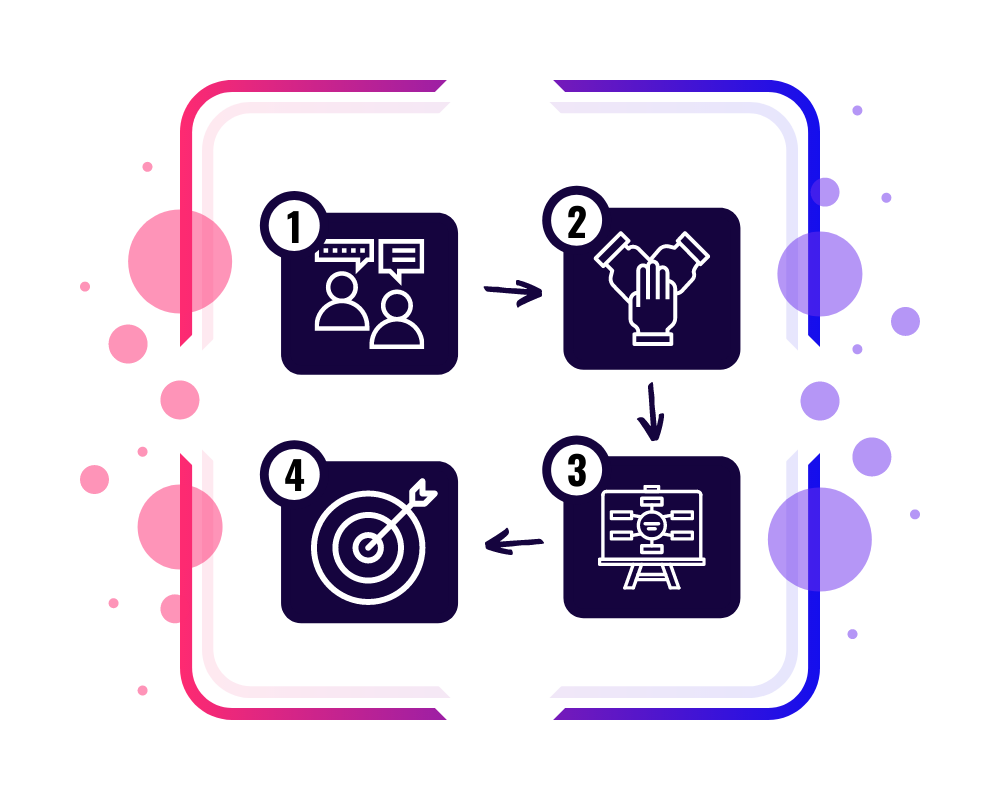
- How long is it going to be?
- What are the goals of the session?
- What outcomes should attendees have achieved when they leave?
- What roles will each person play within the group?
While you shouldn’t dictate the “best” way for groups to proceed, you should be clear from the start. The easier it is to understand the expectations, the more likely each team will find success within their own groups. Whether you’re planning a virtual, hybrid, or in-person event, make goals clear from the start.
The easiest way to share expectations is by writing them down clearly. Having a set of easy-to -see and understand meeting or group guidelines makes sure everyone is on the same page. Don’t assume everyone understands what you mean. Instead, review expectations clearly. For example, you might set an expectation that each group chats for 20 minutes and then comes up with 3 ideas of their own. This way, everyone knows what they’re getting into from the start.
Your Action Steps:
- Make a plan for appointing team facilitators in advance.
- Write down your expectations for how long the session will last, outcomes, and roles.
- Ensure expectations are easy to see and understand.
6. Design the room to boost engagement.
Sixth, your physical space should work towards the goals of your event. Your venue has to work for you not against you. The wrong space could make it hard to work together, whether that means the room is too loud for the number of people or it’s too far to quickly rejoin the bigger group.
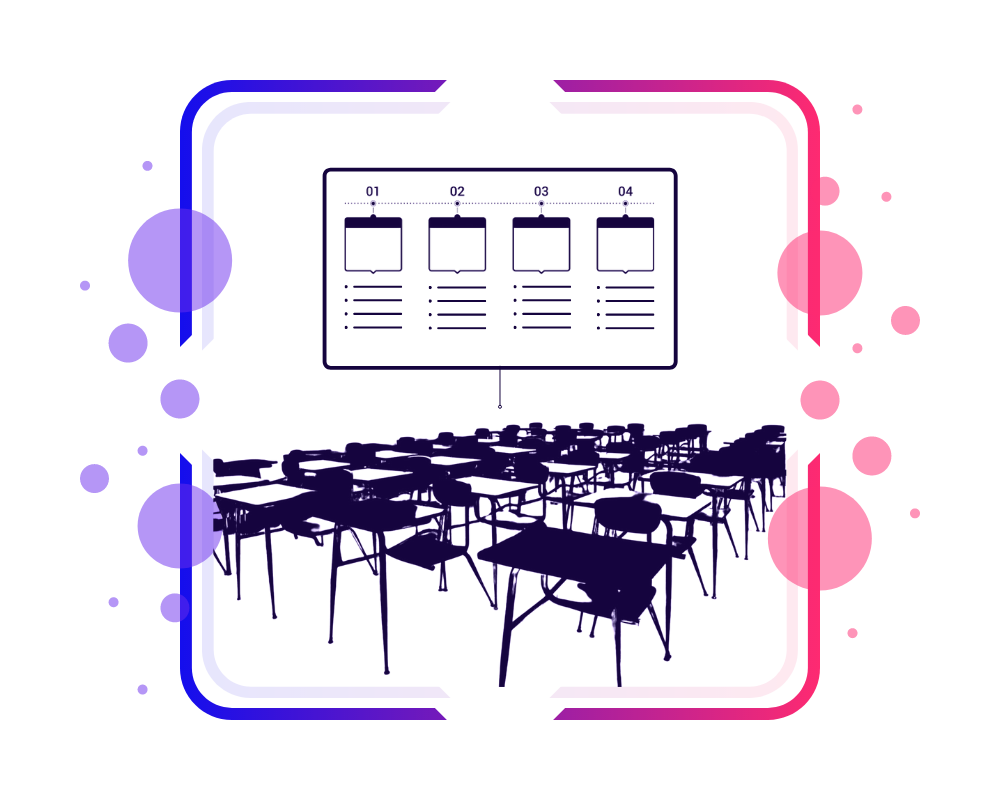
Your breakout groups should be convenient, size-appropriate, and thoroughly laid out. In regards to the layout, different options might be appropriate depending on the type of session you choose. While many planners are quick to jump to the default lecture setup, this might not be the best fit. For example, an on-the-move session might want to skip chairs altogether while a theater-style lecture hall might be better for less interactive sessions.
The same is true for virtual and hybrid events. The right digital ecosystem can make all the difference. Whether this means choosing the right tech tools or designing the right breakout group digital assets, these small things add up. Luckily, it’s never been easier to find the right digital event tech tools to fit your needs. You can do things like virtual whiteboards, digital games, live polling, and so much more.
Your Action Steps:
- Consider the room type that best suits your goals, keeping in mind that a lecture hall isn’t always the right choice.
- Make sure your room is practical and within a reasonable distance of other activities and plans.
- Include tech concerns in your room design, whether you’re planning a virtual, hybrid, or in-person event.
[hubspot type=cta portal=5815852 id=7cff95fd-a207-455b-aed4-9364f424f159]
7. Break the session into smaller, interactive activities.
Ultimately, the goal of any breakout session is to allow attendees enough time to absorb the information they’ve gathered in the main sessions. In addition, this is a chance to connect with other attendees without the formality of the other structured sessions. These are supposed to be relaxed, easygoing, and accessible to all. Because of this, it’s helpful to break your session into smaller, interactive activities.
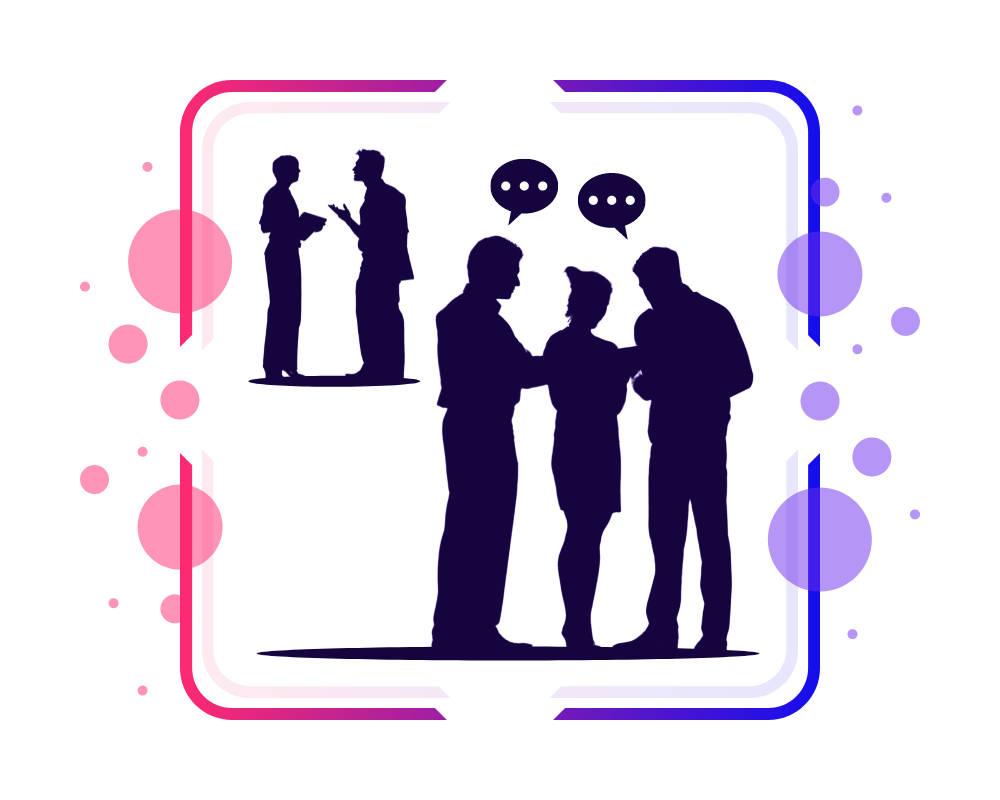
Having smaller activities makes them more intimate. Because groups are likely to be smaller, it’s a lot easier for people to interact. This makes the entire event more engaging and memorable. Everyone can relate to how overwhelming it feels to get to know people in a crowded, overwhelming space. By breaking larger events into smaller activities, everyone has a chance to have their voice heard.
How can you keep breakout groups interactive? Consider team-building activities, games, or other fun ideas that break the norm of traditional conferences and events. While people will likely spend the main events soaking up information in a traditional setting, this is a chance to kick back and do something new.
By engaging different parts of the brain, people really take in the overall experience. In fact, a Harvard Business Review (HBR) study even shows that professional teams are more successful when they have fun together. A reported 50% increase in positive communication is a result of social interactions outside the traditional work environment.
Your Action Steps:
- Break down larger groups into smaller, approachable activities.
- Focus on fun and overall positivity vs. trying to “do it all” in a short period of time.
- Look for ways to break down social barriers, like conversational activities, bonding games, and more.
8. Stick to the schedule (and leave buffer time, just in case)
Next, as the saying goes, timing is everything. This means more than just staying on schedule—though that’s important. It’s about scheduling enough buffer time throughout your overall event to account for your attendee’s time. While too many sessions could leave people feeling burnt-out and overwhelmed, too few could mean they’re likely to leave early.
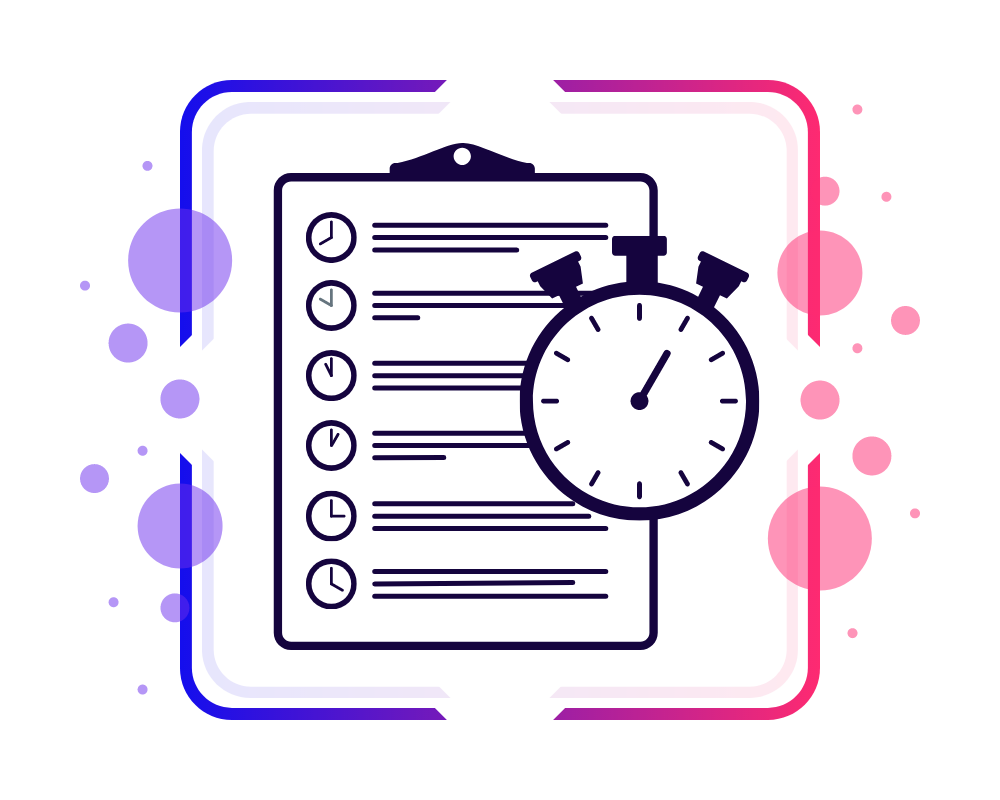
Above all, try your best to stick to the schedule. When things run late, people get frustrated and worry they’re missing something else. This could interrupt the flow of your entire day, disrupting future groups and workshops. Similarly, attendees won’t feel like their time is valued by organizers, and this leads to overall dissatisfaction.
Aside from staying on track, leave enough buffer time in your schedule to account for anything unexpected. For example, your tech might stop working mid-activity. This could take a few minutes to get back up, but that shouldn’t send your entire plan into a spiral. Having buffer time accounts for real-world concerns that are hard to predict. At the very least, they allow people to have enough time between sessions to chat, take a break, and attend to their needs.
Your Action Steps:
- Be realistic about how long activities will take. When in doubt, practice with a timer.
- Schedule your breakout groups towards the middle of the day in between other, larger activities to achieve balance.
- Avoid overdoing your breakout groups and over-scheduling.
9. Conclude with next steps for attendees to follow.
With that in mind, what do you do when it’s time to wrap up? Closing your breakout session is just as important as all of the other tips we shared above. The way you choose to end your session gives your audience a chance to take in all they’ve learned, and it’s also a chance to encourage everyone to take additional steps.
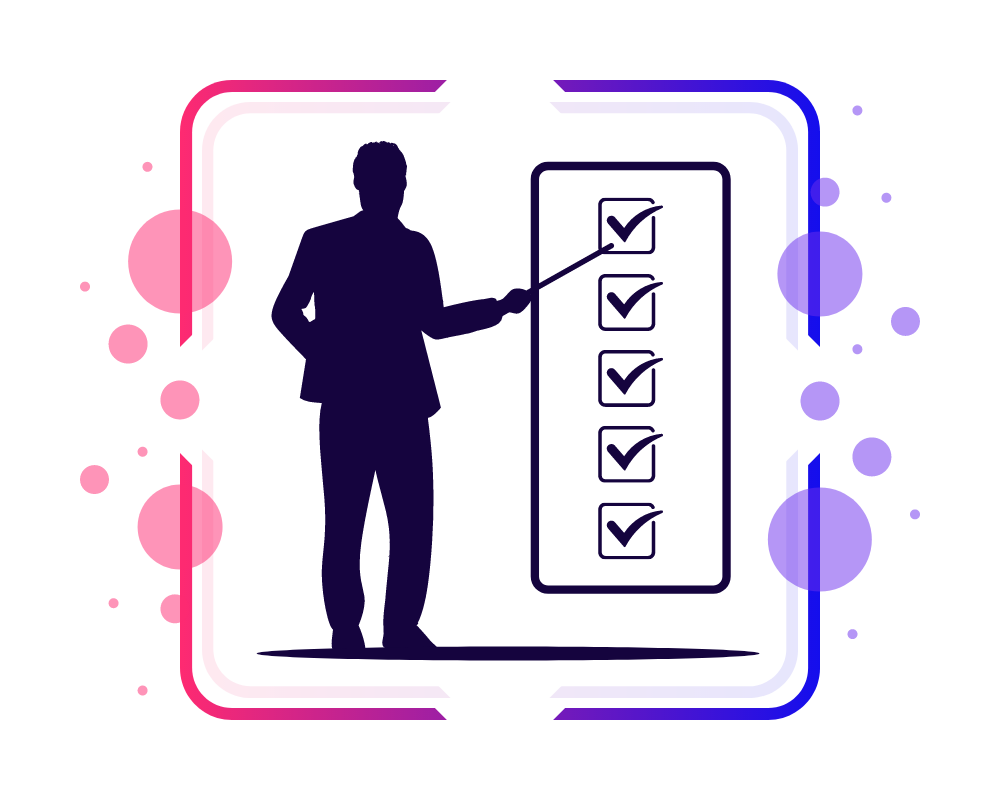
Not only should you always thank your attendees for being present and engaged with the breakout session, but you should also have a call to action. You might invite attendees to stick around and share what they’re taking away from the session. Alternatively, you might ask them to ask any remaining questions. The most important thing to do, however, is to make sure they know where to go next.
This could be from a practical standpoint. For example, make sure they know about any upcoming events or groups that might be similar. They might need directions or clear steps about where to go next. Similarly, you could provide practical ways to continue this conversation, like following you online or tuning into the event’s page for more details.
Your Action Steps:
- Determine your key takeaways for attendees in advance.
- Create a plan for sharing a clear call to action at the conclusion of your session.
- Stay present in the area for any follow-up questions, feedback, or conversations.
10. Provide resources breakout session attendees can take with them.
Moreover, if you want to make a real lasting impression (hint: you do!), you need to leave attendees with something they can take with them. These vary from tangible things (notebooks, downloads, etc.) to intangible things (ideas, goals, plans). Ultimately, what you decide will depend on the type of breakout session you organized as well as your budget.
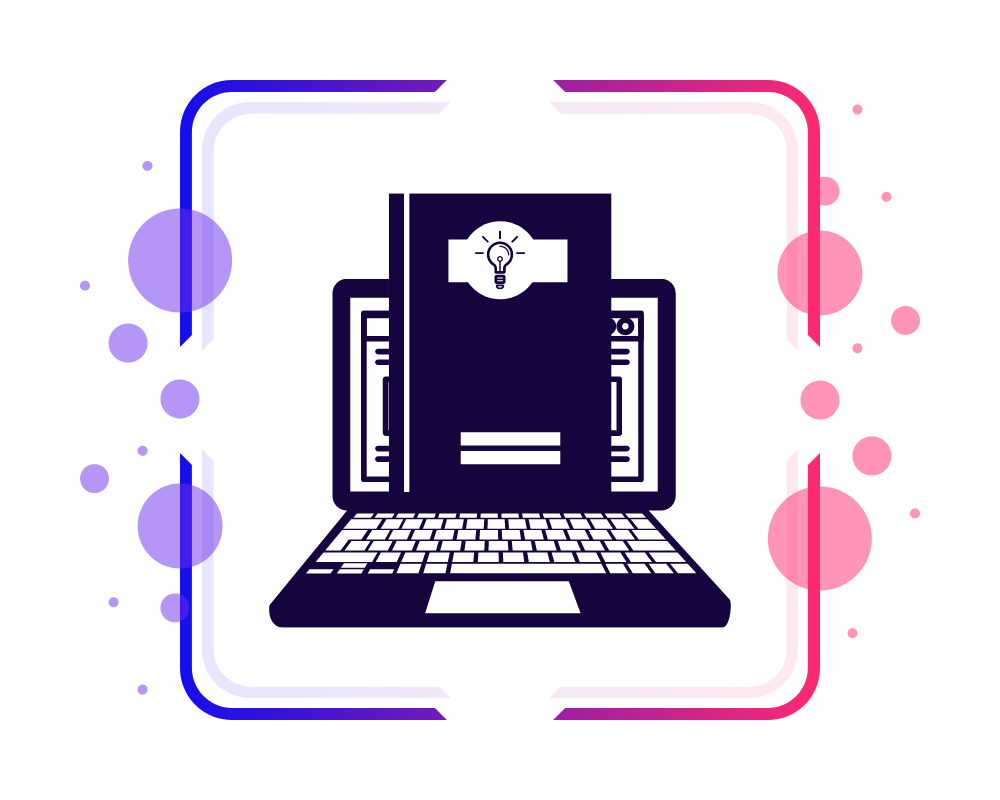
Some ideas for resources attendees take with them include:
- An action plan with their outlined goals they set in this session
- A free book or guide
- Notebook, pen, or paper to use in other sessions
- Digital download
- Digital toolkit
As an event facilitator, it’s up to you to make sure breakout session attendees know what they’re bringing with them afterward. The breakout session itself is just an initial opportunity to learn about a topic. The development doesn’t stop there. Whether they continue to build on what you’ve learned or they add to their network, your resources make all the difference.
Your Action Steps:
- Determine which resources suit the goals of your session.
- Make it easy for attendees to access these resources quickly.
- Include a clear call-to-action in your conclusion.
11. Offer post-event bonuses for breakout session participants.
Of course, it should come as no surprise that you can use your breakout session as an opportunity to offer post-event bonuses. These participants have already engaged with you in some way. Whether you’re a consultant, planner, or professional speaker, make sure your attendees feel valued and appreciated.
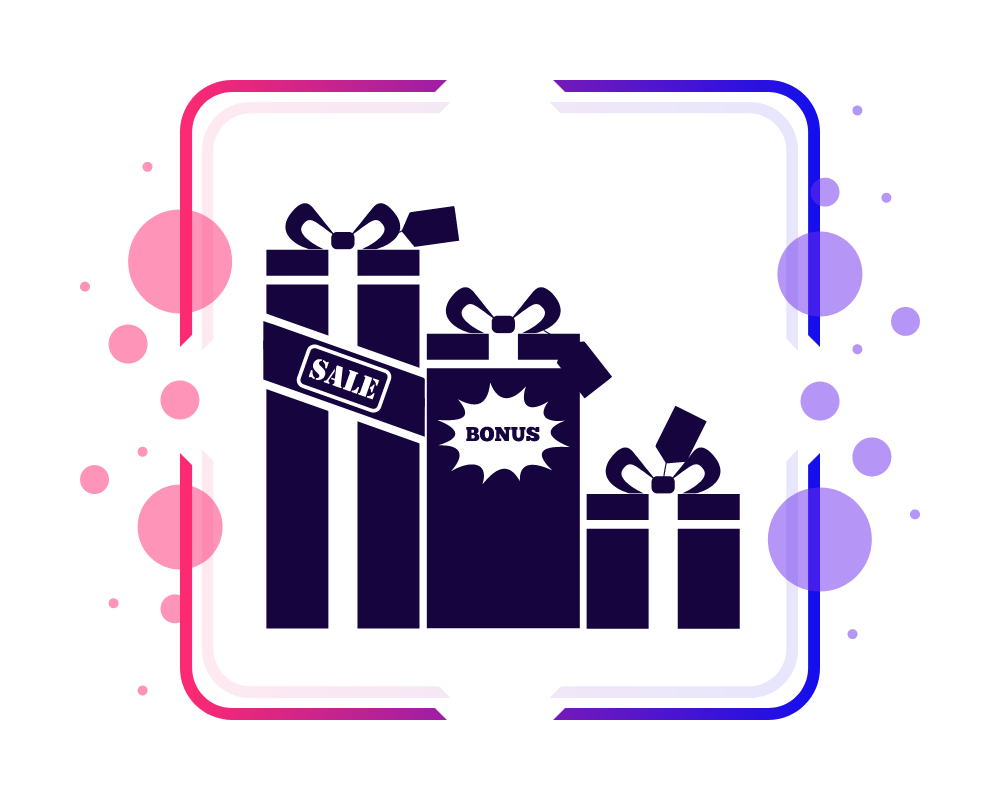
You might offer discounts on future products or services, for example. Alternatively, you could include a free download, workbook, or upgrade for future services. Since you already had a chance to build a relationship with these participants, they’re likely already in your target audience. As long as you’re adding value, these types of selling opportunities are welcome and usually appreciated.
This is why it’s also important to be available after your session. When you have the chance to speak one-on-one with attendees, they’re likely to engage with you in new ways. Not only can they ask questions about your work, but they can also learn more about whether you’re the right fit for them.
Your Action Steps:
- Upsell existing products or services by offering bonuses specifically for participants in the breakout session.
- Use custom promo codes, QR codes, or URLs to track the performance of your upsells.
- Build the relationship of any potential leads long-term, potentially turning into referrals down the line.
12. Ask attendees for feedback afterward so your next session can be even better.
Finally, you want to make sure your next session is even better than this one. Getting honest, constructive feedback after any event is crucial for long-term success. However, it can be challenging to get feedback in the first place if you’re not sure what to do. Since you want to make sure your attendees had the best possible time, don’t overcomplicate the feedback process so they’re easily able to share their thoughts.
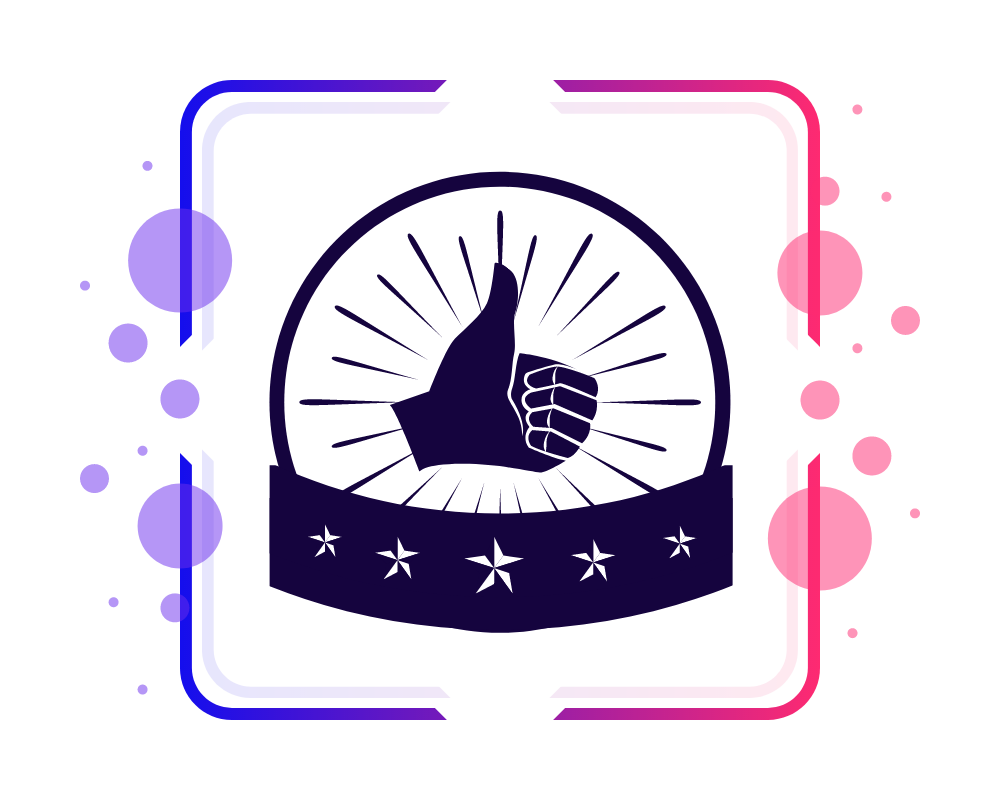
The biggest key is to get your attendee’s feedback while they’re still in the room or logged into the event. While it might be tempting to wait until after the overall event, they’re much less likely to actually do this afterward. Introduce your survey before ending the session, and make it as easy as possible for attendees to respond.
One option is to ask attendees to complete a quick survey online through their email or a special link. A short, well-written form is the best option. In your feedback, ask why your attendees joined this breakout session as well as whether it met their expectations. Most importantly, ask what you can do better in the future. By acting on this information, you ensure your next breakout session is even stronger than this one. Bonus: this is also a chance to capture contact information to keep your relationship with attendees strong!
Your Action Steps:
- Make a strong first impression and keep your session engaging so people are compelled to share positive feedback.
- Explain why this feedback is important and how you plan to use it moving forward.
- Compile metrics like overall satisfaction to learn from your event’s success.
Conclusion
Are you trying to create the ultimate breakout session? Whether you’re a speaker, event coordinator, or educator, your breakout sessions can shape your overall event. While creative activities are the first step, make sure you have a strong understanding of these 12 ways to engage and inspire everyone who participates.
There’s no such thing as one-size-fits-all when it comes to breakout sessions. While we can all relate to sessions that are underwhelming, that doesn’t mean we can’t reinvent what it means to reach your goals. Now that you’re inspired, it’s time to create your own event plan.


